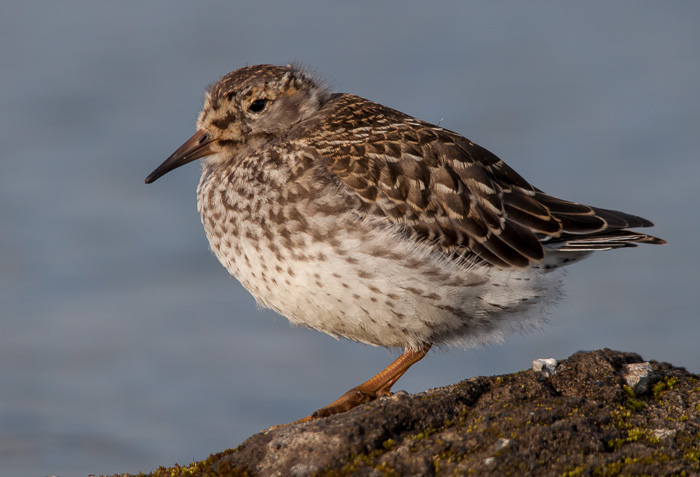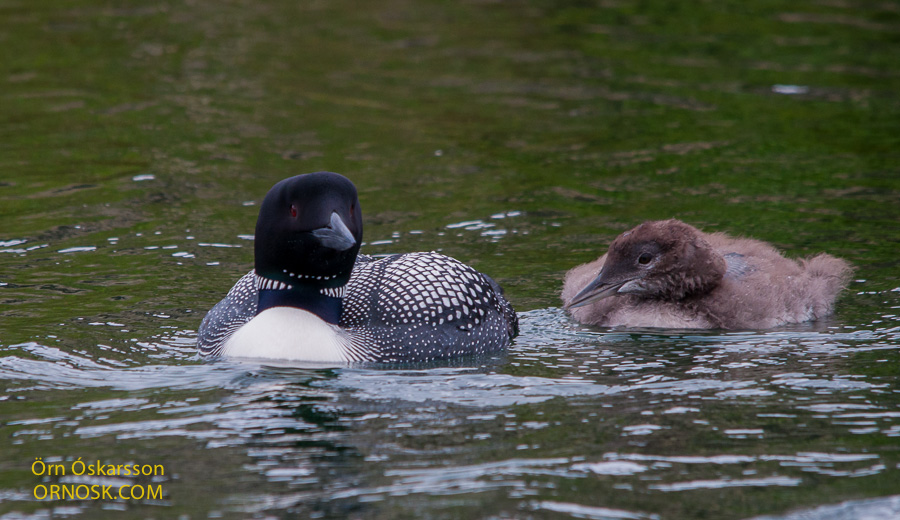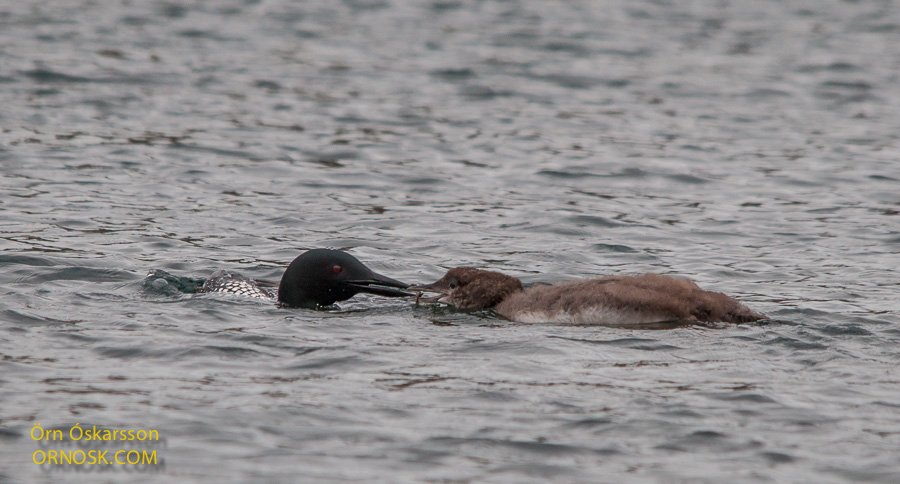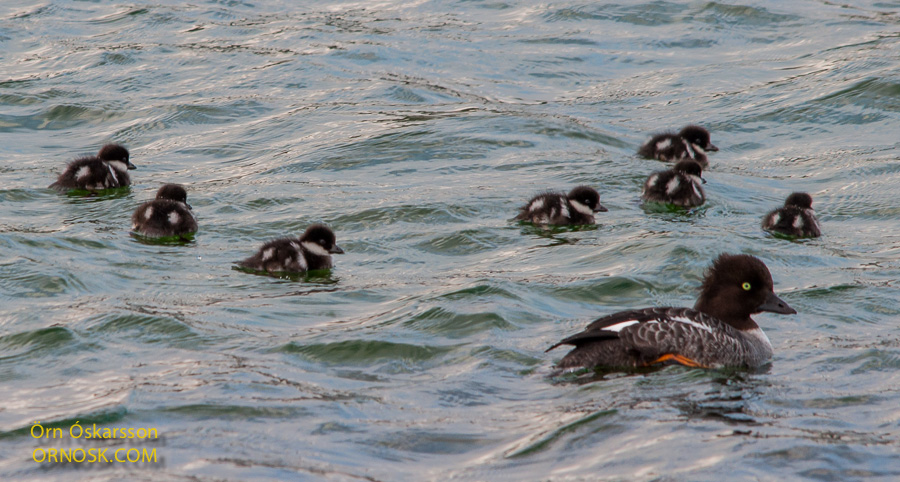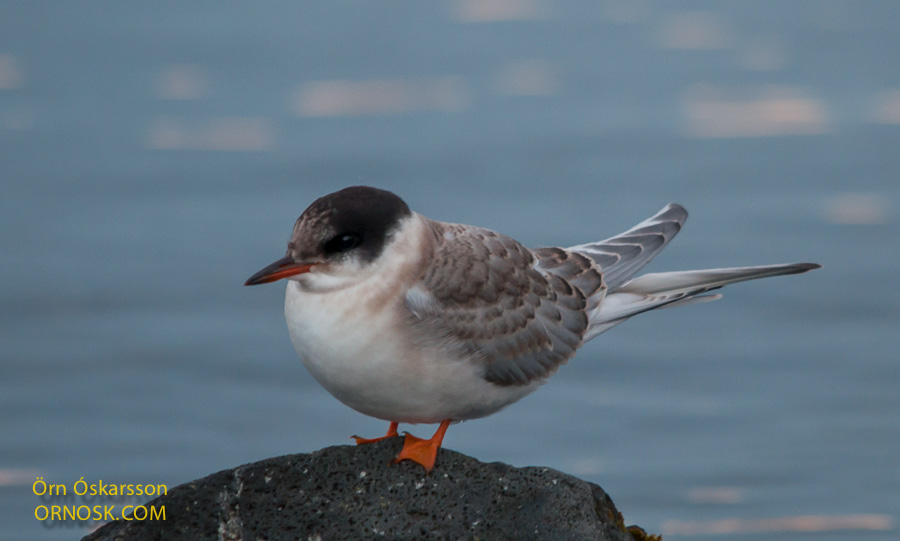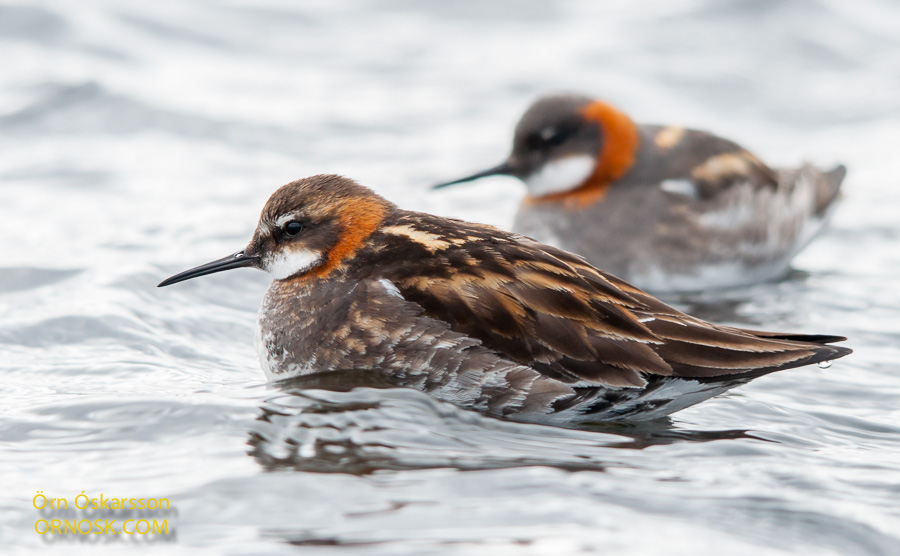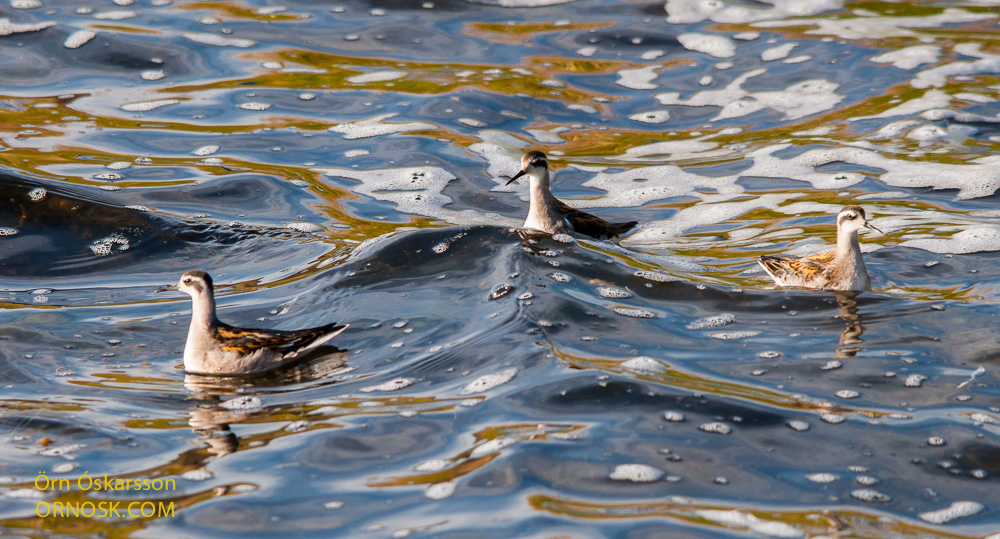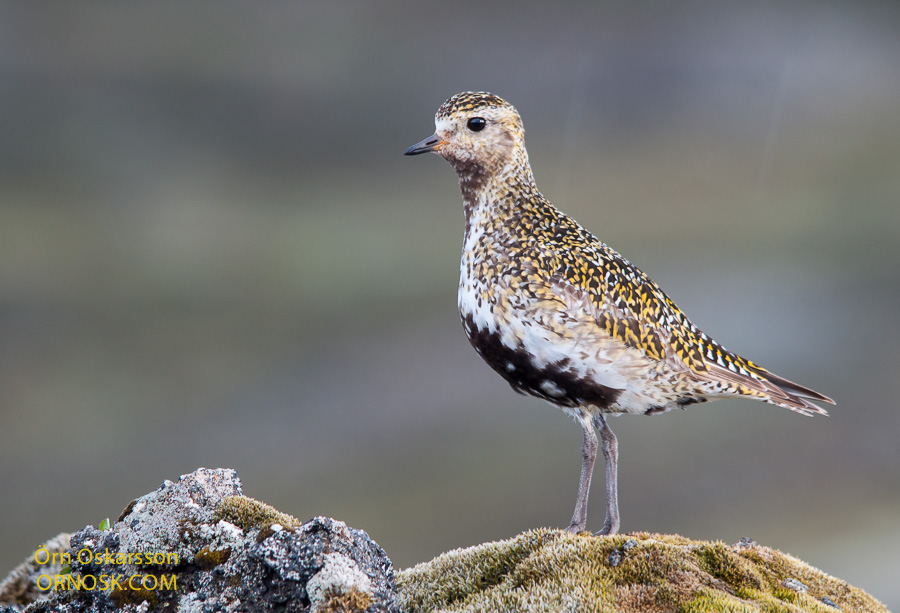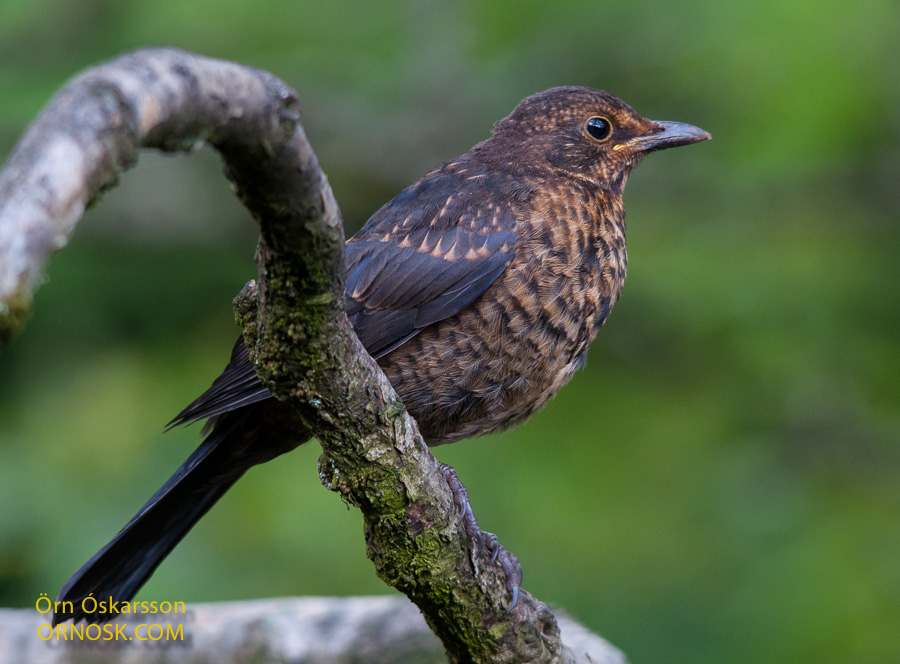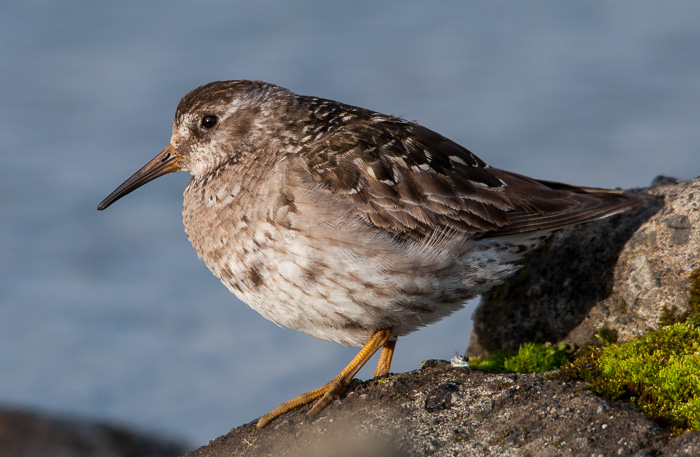
The Purple Sandpiper is a breeding bird in the Icelandic highlands but during the winter time it resides along the coast.
In the beginning of August I came across this Purple Sandpiper with its two chicks in Veiðivötn (Fishing Lakes) in the southern interior. They move down to the sea once frost and snow make it impossible for them to get to their feed.
